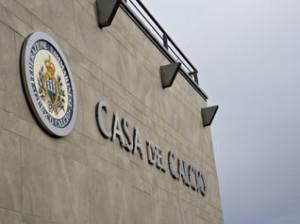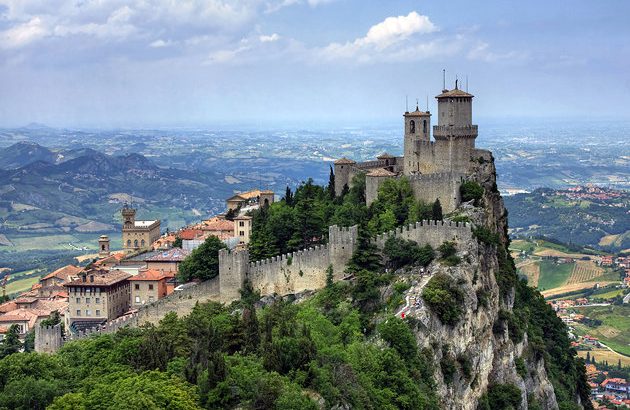So when does a minnow actually stop being labelled as one? Can they progress up to the next level? A quick look at Turkey’s qualifying campaigns in the 80’s shows 8-0 and 6-0 defeats to Bobby Robson’s England side. The same nation went on to finish 3rd 20 years later at the World Cup in South Korea and Japan.
Recent progression can be found in the modern game’s current set of underdogs, Azerbaijan offering a promising example. In the 00′s, Milli, consistently finished bottom of their group, registering heavy losses like the 6-1 home defeat to Serbia or the 8-0 hammering in Poland. The side’s 2014 qualifying campaign was remarkably better, holding Russia to a 1-1 draw at home and finishing 4th above Northern Ireland. OK, not the cream of Europe but evidence of improvement and competitiveness. [READ MORE]
In the Euro 2012 qualifying, Estonia went two better, abandoning reputations and stereotypes as perennial losers by finishing 2nd ahead of Serbia and Slovenia. And, of course, Iceland’s exploits must be given a mention.
While it can be fairly easier for these three nations to develop, through aspects for instance as money (Azerbaijan) or a strong ingrained football culture (Turkey), Luxembourg and Liechtenstein, two much smaller counties, carry on improving in spite of the barrier of a much littler talent pool.
Luxembourg, frequent whipping boys in the past, now pride themselves on being much more tougher opposition. At the start of the year, they embarked on an unlikely 3-game unbeaten run, including a 1-1 pre-World Cup friendly with Italy. Moreover, last year’s 3-2 win at home to Northern Ireland, where Luc Holtz, the team’s coach, employed a successfully high defensive line, demonstrated tactical flexibility, an awareness and an ability to change approach from the regular, 11-man deep brick wall associated with lower sides.
At one point on Saturday, Liechtenstein, 2-1 up away to Macedonia, were topping their group, only for a 2nd half comeback to shatter those dreams. The tiny principality, with a population of only 37,000, prove themselves to be the perfect model to follow for similar-sizes countries such as Andorra, Gibraltar and the Faroe Islands, who suffer the problem of having to select from a miniscule selection of players.
FC Vaduz, the country’s biggest club, and the Liechtenstein Cup winners for the past 16 out of 17 tournaments actually play their football in the Swiss league system. Last season’s promotion to the top flight gives national team players like Daniel Kaufmann and Nicholas Hasler the chance to play regular football against top opposition, a much better environment for the development of the next generation of Liechtensteinian players.
San Marino, likewise have a club representative playing in Serie C in Italy, similarly named San Marino Calcio. Whether the positive effects of having more professional players can be repeated in the enclaved microstate is yet to be seen.

San Marino Calcio
Still, it is quite ironic, that while individually they may be small and unimportant to the top of the European game, together it is the sum of its parts solution that makes the minnows much stronger. Because of this, Michel Platini realises the importance of keeping their vote if he wishes to be re elected as UEFA president in 2015. It was maybe partly political reasons for extending the number of teams at France 2016 to 24. That should be enough to earn the votes of the middle-ranked nations, those always on the cusp of the playoffs. Organising an earlier round of qualifying though would pretty much be threatening to upset 8 associations, likely throwing away precious support.
Consequently, for the foreseeable future, we should still see San Marino make those trips to Wembley, Paris and Berlin. And while it may be painful for some to watch, Manzioli’s men will continue to fight, and not just make up the numbers for those ‘meaningless games’.
